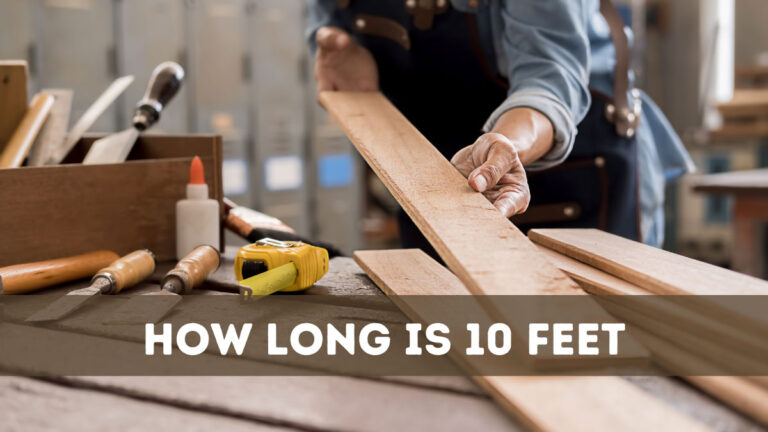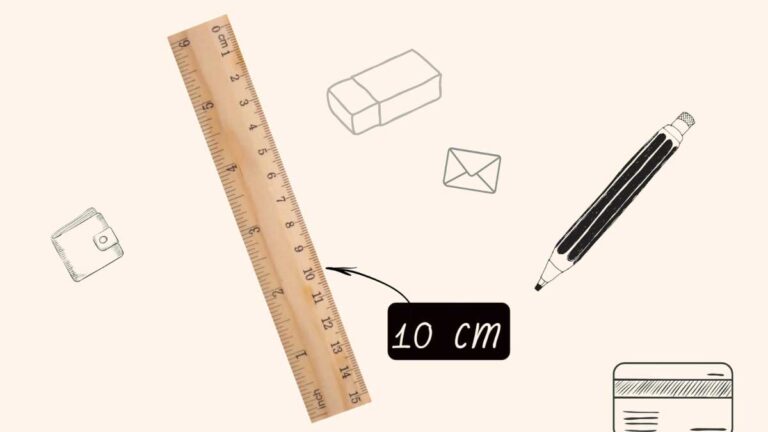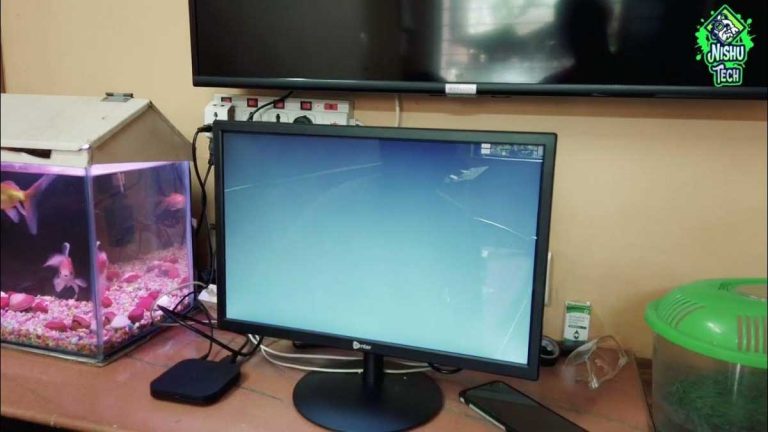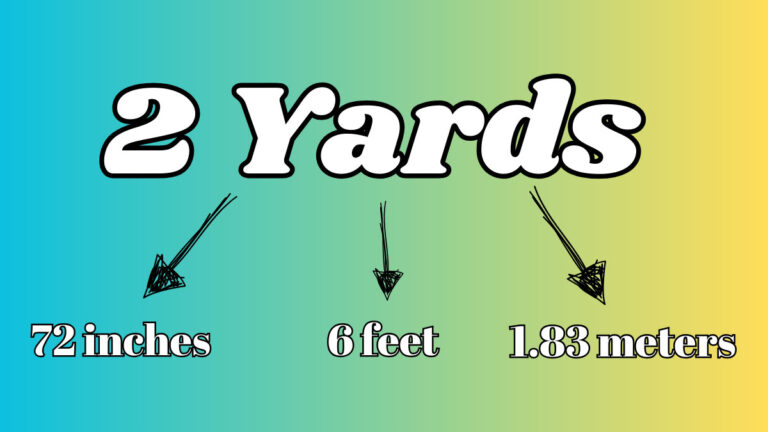How Long Is 1 Inch: A Guide to Measurement and Usage
Ever wondered how long 1 inch really is? In the world of measurements, the inch is a fundamental unit of length in the British Imperial and United States customary systems. It’s exactly 1/36 of a yard or 1/12 of a foot, making it a handy reference point in everyday life.
The inch has historical roots, derived from the Roman uncia, meaning “twelfth,” and is often associated with the width of a human thumb. Despite the global shift toward the metric system, the inch remains a staple in countries like the United States, Canada, and the United Kingdom. It’s still commonly used for road signs, construction, and more.
Understanding the inch’s length is crucial for navigating a world where both metric and customary units coexist. Whether you’re measuring furniture, fabric, or your next DIY project, knowing how long an inch is can make all the difference in accuracy and precision.
Key Takeaways
- The inch is a key unit of measurement in the British Imperial and United States customary systems, equating to 1/36 of a yard or 1/12 of a foot.
- Despite the prevalence of the metric system, inches are still widely used in regions like the United States, Canada, and the UK, particularly in construction and design.
- An inch translates consistently to 25.4 millimeters or 2.54 centimeters, ensuring uniformity when engaging with international standards and projects.
- Understanding and visualizing an inch can be simplified using everyday objects, such as paper clips, erasers, or parts of the human body, like the width of a thumb knuckle.
- Effortless conversion is possible between inches and other measurement units, both within the Imperial system (feet, yards) and the metric system (centimeters, meters).
- Common household items and technology, including apps and search engines, provide practical solutions for measuring an inch when traditional tools aren’t available.
Understanding the Inch
The inch is more than just a small unit of measurement. It’s crucial in the British Imperial and United States customary systems, equaling 1/36 of a yard and 1/12 of a foot. Historically rooted in the Roman “uncia,” the inch has maintained its significance even as many countries adopt the metric system.

Everyday Uses
You encounter inches daily in different contexts. Here’s how you might visualize an inch:
- Distance from your fingertip to the first knuckle of your index finger.
- Length of a small paper clip.
- One and a quarter times the diameter of a penny (0.75 inches).
- Half the length of a standard eraser (2 inches).
These references help you grasp how substantial an inch is in real-world scenarios.
Metric Conversion
An inch equals exactly 25.4 millimeters or 2.54 centimeters. This precise conversion ensures global consistency in measurements, especially in international projects or communications that rely on metric standards.
Practical Applications
Inches play a role in daily tasks like home projects, crafting, and even digital design. Without a precise understanding of an inch, you might misjudge distances or sizes. When you’re hanging wall art or selecting furniture, recognizing the length an inch represents helps ensure accurate placement and fit.
| Conversion | Measurement |
|---|---|
| 1 inch | 25.4 mm |
| 1 inch | 2.54 cm |
| 1/12 of a foot | 1 inch |
| 1/36 of a yard | 1 inch |
Understanding these equivalents facilitates a seamless transition when comparing measurements in different systems. As you grow more familiar with the inch, its utility in both personal and professional settings becomes increasingly evident.
Visualizing 1 Inch
Understanding the length of 1 inch enriches your ability to engage in various activities, from crafting to precise measurements. Accurately visualizing an inch helps in both personal and professional settings where precision matters.
Everyday Objects That Are 1 Inch Long
- Paper Clip: A standard paper clip is approximately 1 inch long. This common item provides a visual guide for recognizing this measurement.
- Eraser: Half of a standard eraser, usually 2 inches long, equates to roughly 1 inch.
- Quarter Diameter: A quarter measures just under 1 inch but combining the diameter of 1 and 1/3rd pennies (0.75 inches) equals approximately 1 inch.
- CD Cases: Stacking three CD cases, each about 0.39 inches thick, results in slightly more than 1 inch.
- Grains of Rice: Arranging around five grains of average-length rice, each 0.19-0.25 inches long, sums up to an inch.
- Bic Pen Diameter: Doubling the diameter of a Bic pen, which is about 0.5 inches, forms a simple visual for 1 inch.
These examples illustrate how common items around you can easily serve as reference points for an inch.
Using Body Parts as Reference
Your own body can provide measurement clues when you lack a ruler. Typically, the width of your index finger at the first joint approximates 1 inch. This natural reference offers a quick estimate suitable for non-critical precision needs. Alternatively, many find that their pinky finger provides a similar measure, though this can vary between individuals. This method emphasizes how your body measurements become practical tools for estimating lengths intuitively.
Converting the Inch
Navigating different measurement systems often necessitates converting inches to metric units. Knowing how to convert an inch helps ensure precision in projects involving diverse international standards.
Inch to Centimeter Conversion
The conversion from inch to centimeter is straightforward. Multiply the number of inches by 2.54 to find the equivalent length in centimeters. For example, converting 10 inches results in 25.4 centimeters. This process, grounded in the 1959 international yard and pound agreement, assures consistent accuracy.
Other Common Unit Conversions
Understanding conversions within the Imperial system is equally important. An inch equals:
- Feet: 1/12 of a foot or approximately 0.0833 feet
- Yards: 1/36 of a yard or around 0.0277 yards
In metric terms:
- Meters: 1 inch is 0.0254 meters
- Millimeters: 1 inch translates to 25.4 millimeters
These conversions enhance flexibility in measuring and interpreting dimensions within various projects or academic endeavors.
Measuring 1 Inch Without Tools
When you lack traditional measuring tools, approximating 1 inch can still be straightforward with some creativity. Various common items and technology aids offer handy references for estimating this length accurately.
Using Common Household Items
Several household items are useful for measuring 1 inch. Consider these examples:
- Body Parts: The distance from your thumb’s tip to the top knuckle is approximately 1 inch. Similarly, the span from a fingertip to the first knuckle can offer a close estimate.
- Credit Cards and Business Cards: A standard card is about 3.5 inches wide and 2 inches long. By dividing these dimensions, you can approximate shorter lengths like an inch.
- Coins: A U.S. quarter frequently serves as a practical reference point, given its diameter is close to 1 inch.
- Dollar Bills: While each U.S. dollar bill measures 6.14 inches long and 2.61 inches tall, folding it into segments allows for estimation of smaller lengths.
Technology Aids for Measurement
Technology offers modern solutions for measuring without traditional tools:
- Mobile Apps: Apps designed for measurement use your device’s camera to approximate distances and lengths, providing a quick and easy way to visualize 1 inch.
- Online Search Engines: Entering “measure an inch” can yield interactive tools that visualize and define an inch using various comparative objects.
Leveraging these items and tools, you’ll find estimating 1 inch simple and effective, even without a ruler. This knowledge provides practical insights for everyday tasks, from home projects to creative hobbies.
Conclusion
Understanding the inch is crucial for accurate measurements in everyday tasks and professional projects. This fundamental unit of length remains relevant despite the global shift towards the metric system. By familiarizing yourself with common objects that measure approximately an inch and utilizing practical conversion techniques, you can enhance your precision in various contexts. Whether you’re working on home projects, crafting, or digital design, a solid grasp of the inch and its conversions ensures you’re well-equipped for any measurement challenge. Embrace the inch as a versatile tool in your measurement toolkit, bridging the gap between traditional and modern systems.







